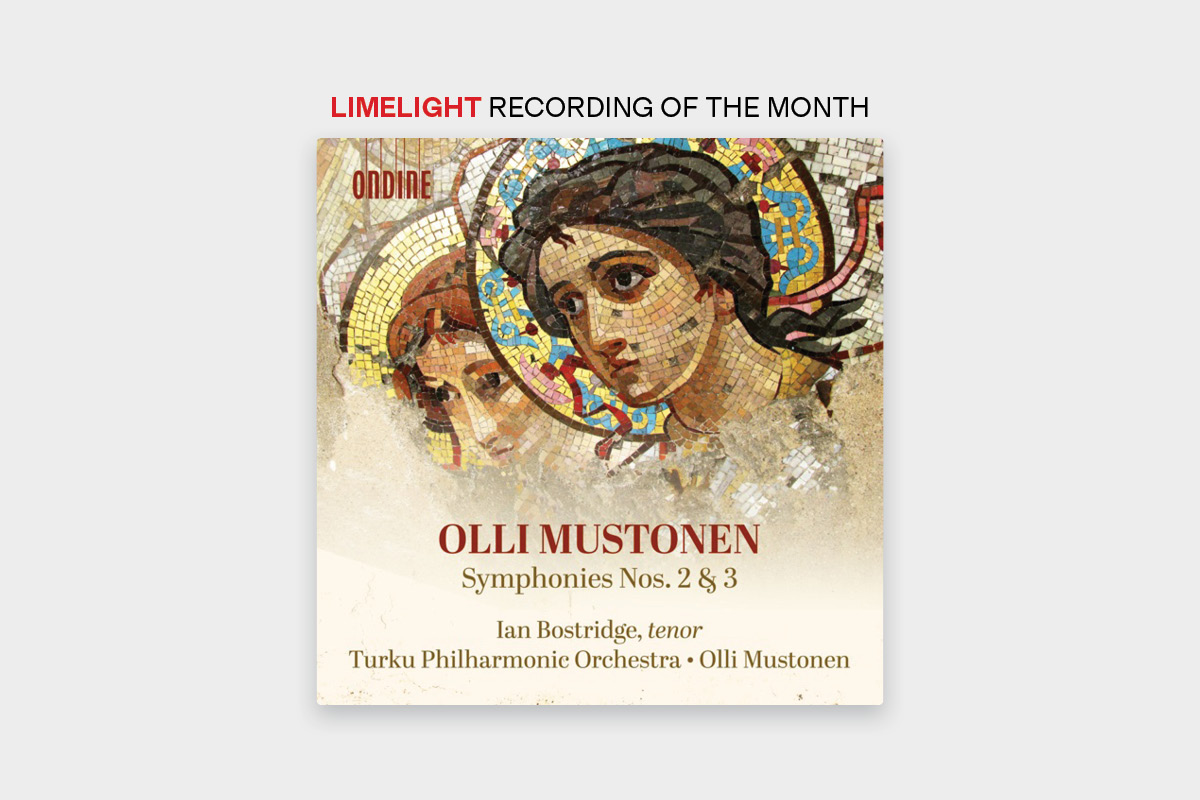Widely known for his cultured, committed pianism, Olli Mustonen continues to nurture and mature his own thoughtful, post-Romantic compositional voice, drawing enormous inspiration from his native Finland. Consider his two most recent symphonies, both of which drink deeply from the wellspring of Finnish literary tradition.

Dating from 2013, Symphony No. 2, Johannes Angelos is based on the eponymous 1952 novel by Mika Waltari, set during the fall of the Byzantine empire. Cast in traditional four-movement form, the work opens with what Mustonen calls “a sort of apotheosis of Byzantine mysticism”.
The Panagia of Blachernae evokes a church and icon in Constantinople in which bells and harp summon up the other-worldly, only to be swept away by thumping drums and brass fanfares as the tumult of St Spyridon’s Day takes hold. In this imaginative recreation of ancient history, the listener is aware that Mustonen could not resist the appeal of that eminent colourist, Respighi.
At the Church of the Holy Apostles sees the restive rising and falling of repeated figures creating an intense mood of...










Comments
Log in to join the conversation.